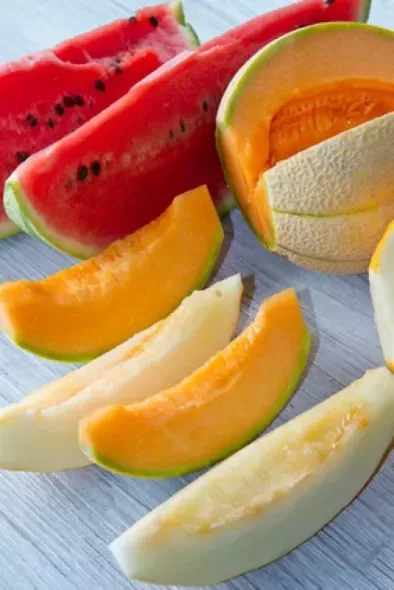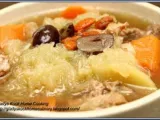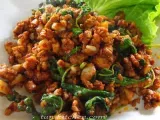The melon

How to serve and eat dishes with melon?
While it can be perfectly tasty eaten alone, the melon may also be employed as a versatile ingredient in the kitchen. This fruit can broadly be divided into two categories: sweet melons such as honeydew and canteloupe and cooking melons which are used in middle Eastern cuisines and which are similar to gourds, without the characteristic buttery sweetness of western varieties. Sweet melons would never normally be cooked while the savoury counterparts usually would be.
A very popular starter around the Mediterranean is melon 'boats' served with cured ham; this is a simple dish to prepare and combines salty and sweet flavours in an appetising way. Thin slices of the fruit are also good as a salad ingredient to accompany leaves and celery, but many of the most popular dressings will tend to swamp and overpower the distinctive flavour of the flesh. In desserts, this fruit is often paired with other ingredients like chocolate, kiwi fruit or butterscotch sauce and with spices such as cinnamon, nutmeg and ginger which work to bring out the delicate taste of any given variety.
Melon soup is an easy and refreshing starter or light snack. It can be made by simply blitzing the flesh of the fruit in a food processor, along with the juice of an orange (or two limes), a few sprigs of mint and cardamom seeds. When served in the husk of the fruit itself, it makes for a dainty dish packed with refreshing goodness.
Although the nutritional content of a melon is, by and large, negligible (depending on the variety, between 90% and 96% is water), it does provide a serving of Vitamin C as well as traces of essential minerals such as iron, Vitamin A, dietary fibre and calcium.








